Nature-inspired housing enriches the landscape of our cities
From Tokyo to Sydney and Oslo, architect-led, boutique housing developments are changing the way we live and define the landscape of our cities, creating small-scale visions of modernity and expressing the zeitgeist in the multi-family residential realm
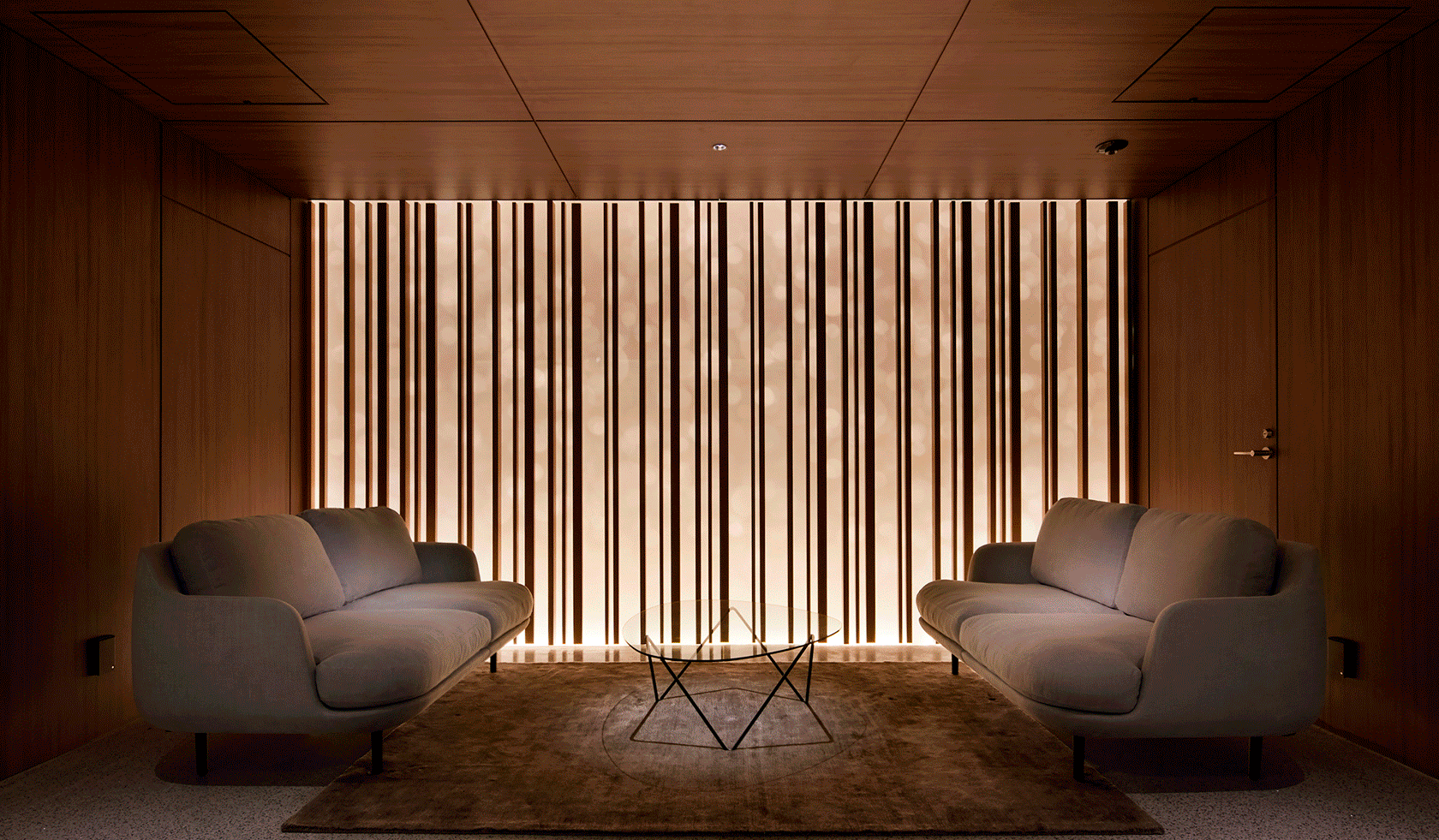
Enjoying architecture in an urban setting while staying at home is not just about a well-designed residential interior; it also expands to the views outside one's window and the city beyond. And in the crowded environment of the global metropolis, where space is at a premium, this means balancing the need to house greater numbers of people with maintaining a high level of architectural achievement. For denser, yet still spacious and design-led living, boutique housing developments provide an exciting option that strikes the right note between small and large, offering not just quality interiors for residents, but also striking architectural moments that add to a city's wider landscape. It's all about the spatial experience, inside and out, seem to be saying the creators of some of the newest, most exciting multi-family residential schemes across the globe.
Approaches can vary from the delicate, tree-like verticality of Koichi Takada's Calibre and the sculptural concrete of Daita in Tokyo, to the intense materiality of the latest Reiulf Ramstad Architects offering in the Nordics, and Conran and Parners' heritage-inspired ziggurat. Yet creating a carefully crafted composition that helps its residents connect with greenery, taking a site-specific stance, and making the most out of natural materials, while pushing the boundaries of convention, seems to be the agreed way to go.
Calibre, Sydney by Koichi Takada Architects
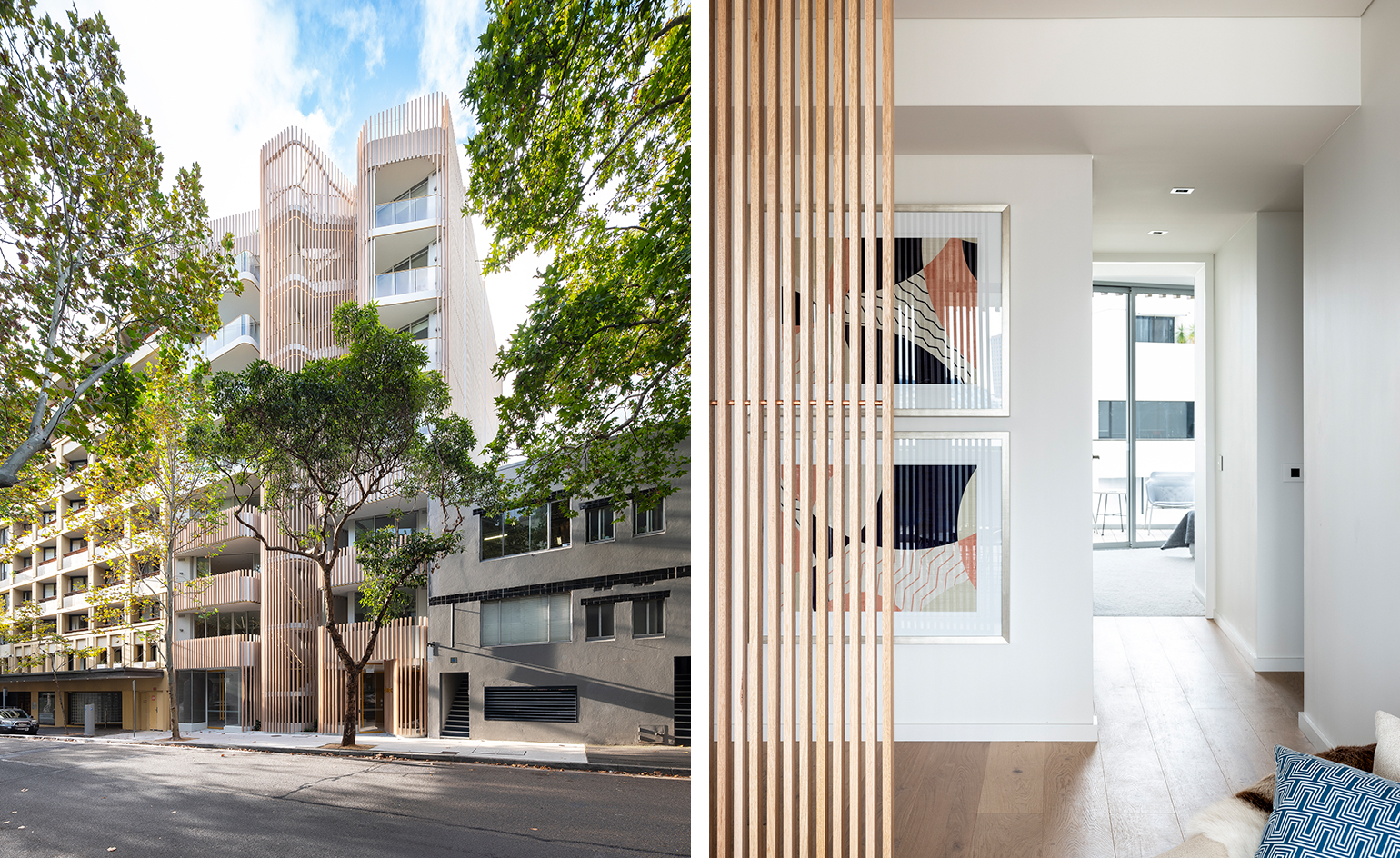
This luxury development in Sydney's Surrey Hills is the brainchild of architect Koichi Takada and comprises 18 elegantly designed residences. The concept centres on creating a sanctuary and a green oasis for the residents that evokes the idea of living among trees. The architecture's defining, undulating glass and timber screen facade, made of vertical elements, works to this end. The development ‘speaks to the natural landscape, becoming an extension of the London Plane tree canopy,' says Takada. ‘The design of the building is a response to the trees which typically shade the streets and terraces beneath, opening up a new dialogue above the tree-tops. Calibre invites residents to connect with nature, as if living in a treehouse.' A communal rooftop pool and lounge area allows peeks out above the ‘foliage' too, opening up to an impressive, 360-degree view of the city.
Daita, Tokyo by Ryuichi Sasaki / Sasaki Architecture
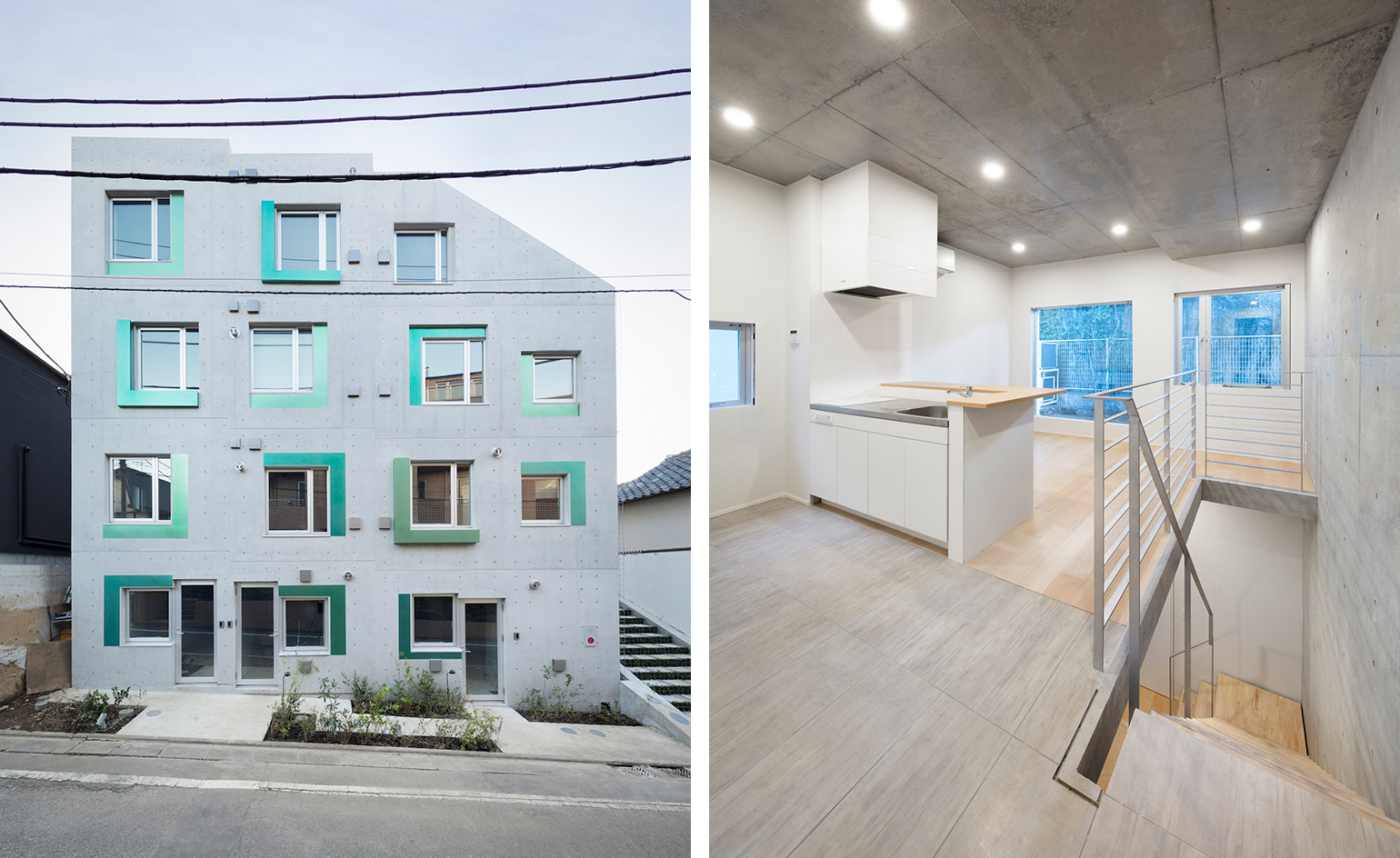
Set in the western part of the mega-city of Tokyo, among tall, old trees and low mansions, Daita is a design-led housing developent of 16 apartments. Its author, Sasaki Architecture, worked with a clean, monolithic concrete main body, creating highlights by inserting L-shaped colored stainless steel openings across the facade. This design move was inspired by the surrounding foliage, creating a dialogue between architecture and its setting, as the contemporary design plays with contrasts between soft and hard, natural and man-made. Inside, minimalist white-painted and exposed concrete and geometric openings punched into walls and roofs create a serene, minimalist environment. In multi-family housing schemes, architects need to ‘create a unique ‘one world view' for the whole project,' says Ryuichi Sasaki. It is also impontant to create ‘multiple spatial cues for the dweller, so they can choose multiple ways of living within this one design,' he adds.
77–79 Pilestredet, Oslo by Reiulf Ramstad Architects
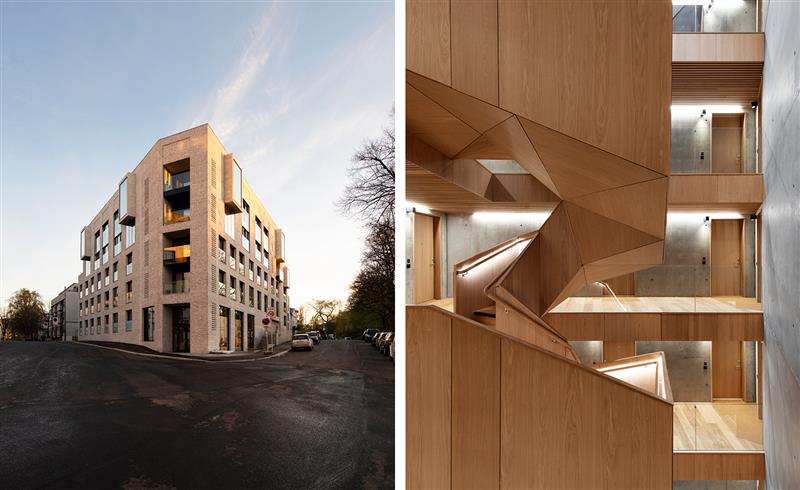
Located in the St Hanshaugen district in inner-city Oslo, this boutique scheme comprises three small scale, residential buildings designed by Reiulf Ramstad Architects. Focusing on architectural quality, the concrete structure features a brick facade, detailed with great care. ‘[It is] an essential part of the architectural expression,' explain the architects. Interior detailing features oak, which finds its most majestic expression in the striking, sculptural main staircase in the largest building. ‘In small scale developments, especially when the ambitions are high, the complexity is as high as in the larger scale developments without the same economy of repetition,' says developers Aspelin Ramm CDO Maren Bjerkeng. ‘However, this is what makes the project interesting and unique. We always strive to make each project site specific, with its own identity. We want to avoid copying ourselves, yet always learning from one project to the next.'
Kita Aoyama, Tokyo by Conran and Partners

Spanning 15 apartments of various sizes across seven storeys, Kita Aoyama is the latest residential project by Conran and Partners. The project, set in Toyko's upmarket namesake district, features both interiors and architecture by the London based firm, inspired by a woodblock print – ‘Cushion pine at Aoyama’ – by the great Japanese artist, Katsushika Hokusai. Concrete and stone are put together to form a ziggurat shaped building, allowing for the creation of expansive terraces, richly planted with trees and flowers. The stepped back form also means all levels get great access to natural light. The design responds both to the area's dense, residential character, as well as the country's cultural heritage and the ever-important need for green spaces in the city. Inside, timber framed, calm interiors bear the modernist-inspired signature of all Conran and Partners designs. ‘Our approach is a focused design response to the physical, historical and cultural context of the location, creating a definitive sense of place for the residents,' says the firm's principal Tim Bowder-Ridger.
INFORMATION
Wallpaper* Newsletter
Receive our daily digest of inspiration, escapism and design stories from around the world direct to your inbox.
Ellie Stathaki is the Architecture & Environment Director at Wallpaper*. She trained as an architect at the Aristotle University of Thessaloniki in Greece and studied architectural history at the Bartlett in London. Now an established journalist, she has been a member of the Wallpaper* team since 2006, visiting buildings across the globe and interviewing leading architects such as Tadao Ando and Rem Koolhaas. Ellie has also taken part in judging panels, moderated events, curated shows and contributed in books, such as The Contemporary House (Thames & Hudson, 2018), Glenn Sestig Architecture Diary (2020) and House London (2022).
-
 All-In is the Paris-based label making full-force fashion for main character dressing
All-In is the Paris-based label making full-force fashion for main character dressingPart of our monthly Uprising series, Wallpaper* meets Benjamin Barron and Bror August Vestbø of All-In, the LVMH Prize-nominated label which bases its collections on a riotous cast of characters – real and imagined
By Orla Brennan
-
 Maserati joins forces with Giorgetti for a turbo-charged relationship
Maserati joins forces with Giorgetti for a turbo-charged relationshipAnnouncing their marriage during Milan Design Week, the brands unveiled a collection, a car and a long term commitment
By Hugo Macdonald
-
 Through an innovative new training program, Poltrona Frau aims to safeguard Italian craft
Through an innovative new training program, Poltrona Frau aims to safeguard Italian craftThe heritage furniture manufacturer is training a new generation of leather artisans
By Cristina Kiran Piotti
-
 Giant rings! Timber futurism! It’s the Osaka Expo 2025
Giant rings! Timber futurism! It’s the Osaka Expo 2025The Osaka Expo 2025 opens its microcosm of experimental architecture, futuristic innovations and optimistic spirit; welcome to our pick of the global event’s design trends and highlights
By Danielle Demetriou
-
 2025 Expo Osaka: Ireland is having a moment in Japan
2025 Expo Osaka: Ireland is having a moment in JapanAt 2025 Expo Osaka, a new sculpture for the Irish pavilion brings together two nations for a harmonious dialogue between place and time, material and form
By Danielle Demetriou
-
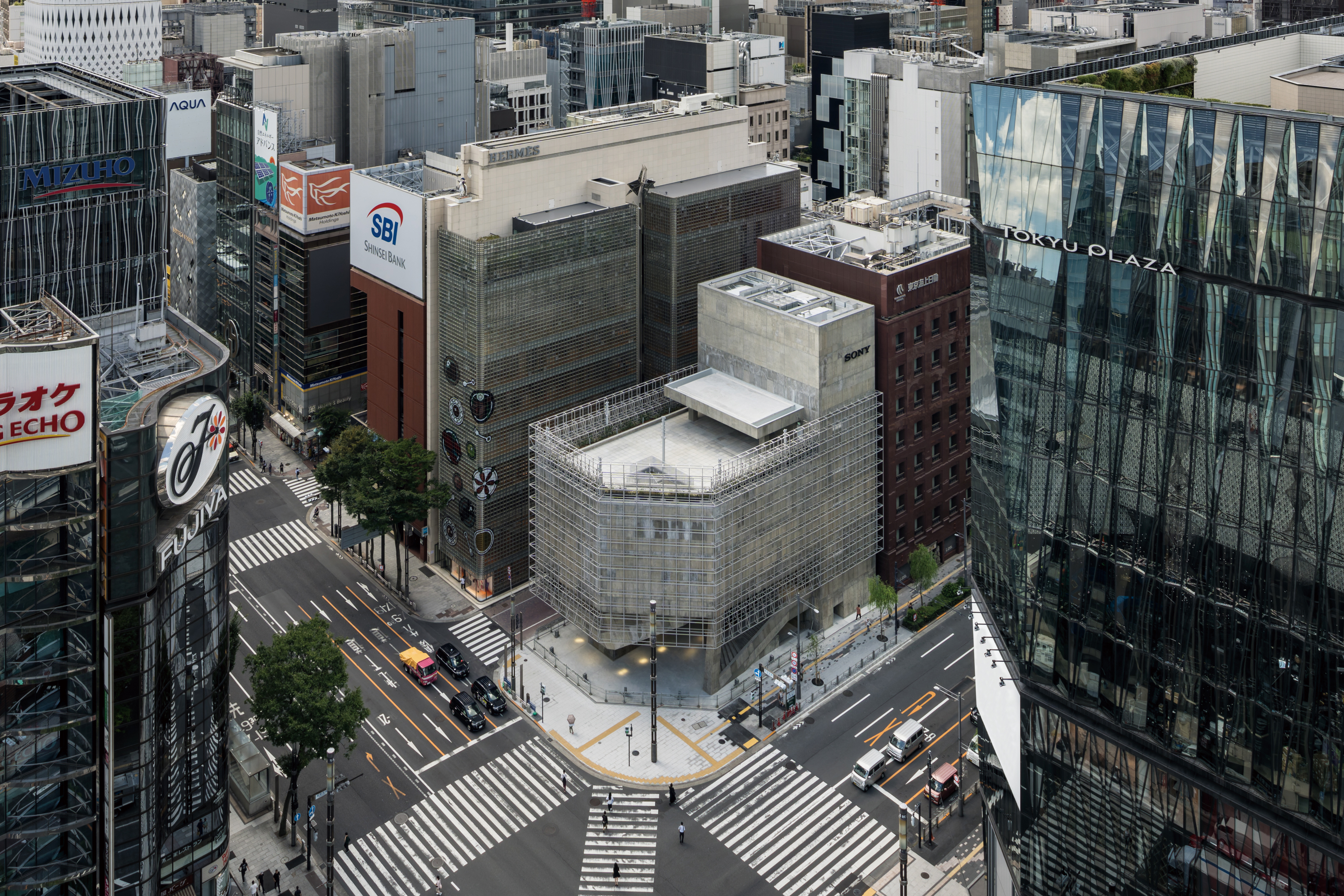 Tour the brutalist Ginza Sony Park, Tokyo's newest urban hub
Tour the brutalist Ginza Sony Park, Tokyo's newest urban hubGinza Sony Park opens in all its brutalist glory, the tech giant’s new building that is designed to embrace the public, offering exhibitions and freely accessible space
By Jens H Jensen
-
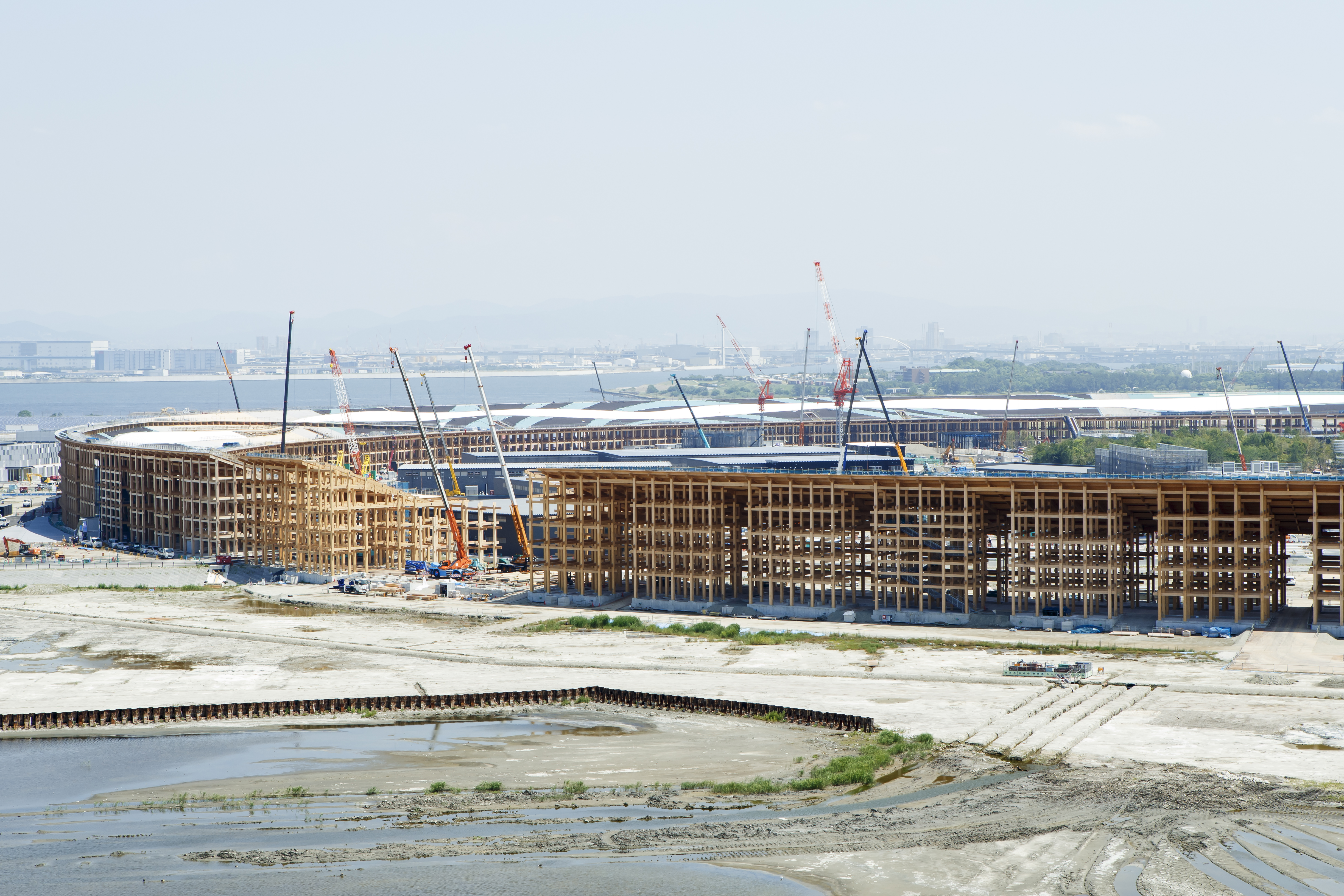 A first look at Expo 2025 Osaka's experimental architecture
A first look at Expo 2025 Osaka's experimental architectureExpo 2025 Osaka prepares to throw open its doors in April; we preview the world festival, its developments and highlights
By Danielle Demetriou
-
 Ten contemporary homes that are pushing the boundaries of architecture
Ten contemporary homes that are pushing the boundaries of architectureA new book detailing 59 visually intriguing and technologically impressive contemporary houses shines a light on how architecture is evolving
By Anna Solomon
-
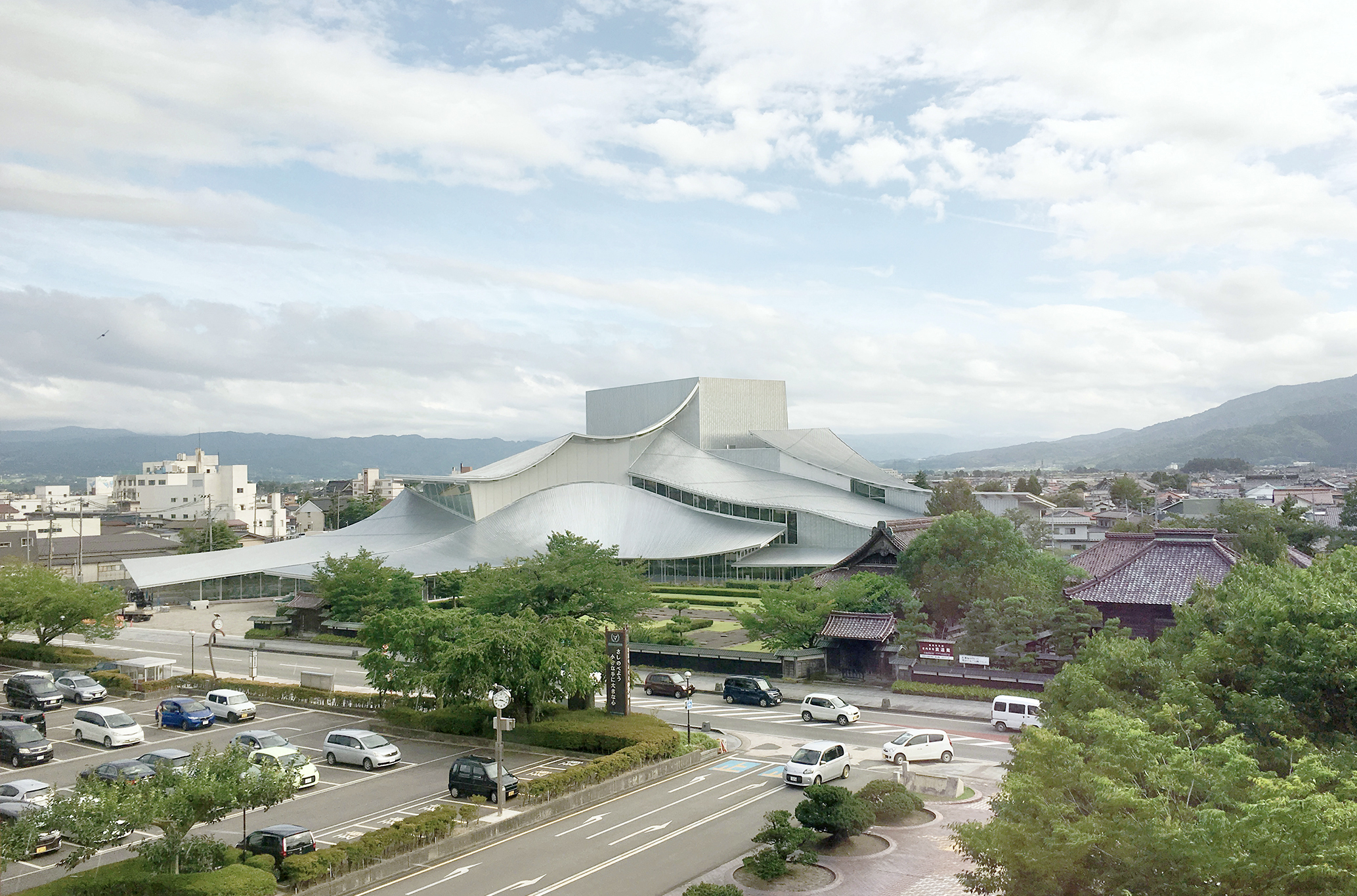 And the RIBA Royal Gold Medal 2025 goes to... SANAA!
And the RIBA Royal Gold Medal 2025 goes to... SANAA!The RIBA Royal Gold Medal 2025 winner is announced – Japanese studio SANAA scoops the prestigious architecture industry accolade
By Ellie Stathaki
-
 Architect Sou Fujimoto explains how the ‘idea of the forest’ is central to everything
Architect Sou Fujimoto explains how the ‘idea of the forest’ is central to everythingSou Fujimoto has been masterminding the upcoming Expo 2025 Osaka for the past five years, as the site’s design producer. To mark the 2025 Wallpaper* Design Awards, the Japanese architect talks to us about 2024, the year ahead, and materiality, nature, diversity and technological advances
By Sou Fujimoto
-
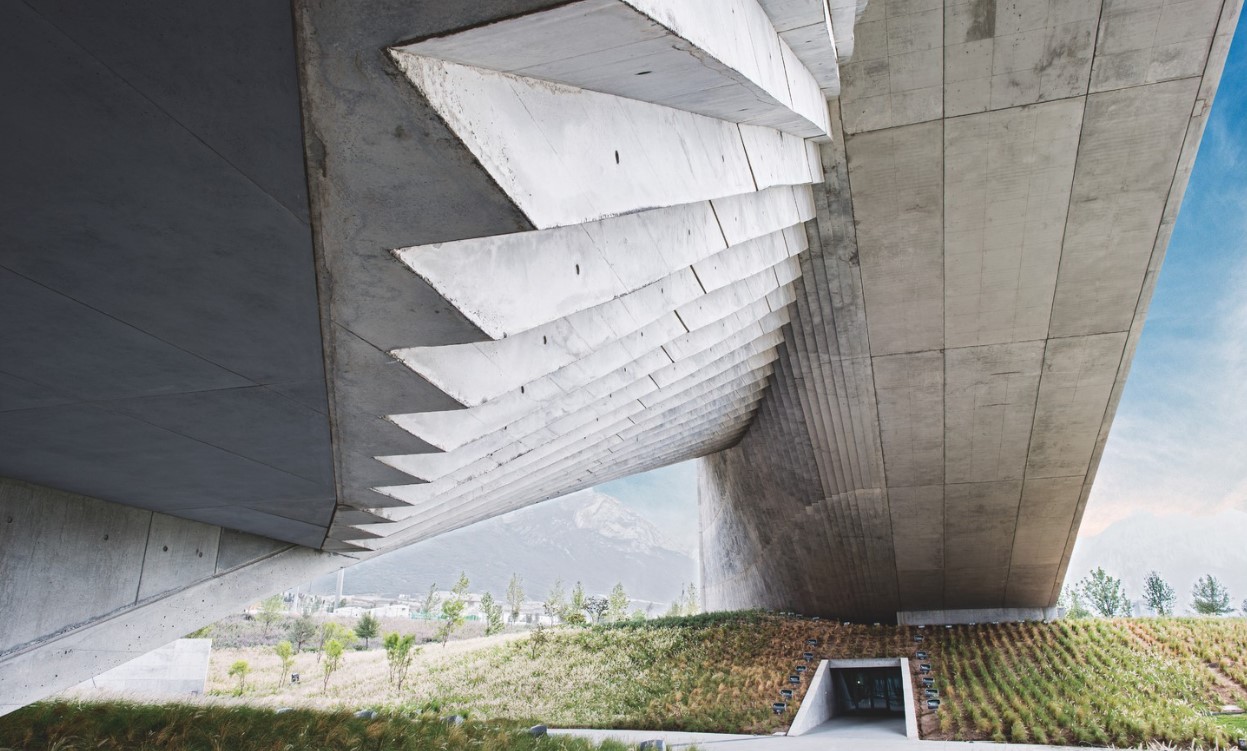 Tadao Ando: the self-taught contemporary architecture master who 'converts feelings into physical form’
Tadao Ando: the self-taught contemporary architecture master who 'converts feelings into physical form’Tadao Ando is a self-taught architect who rose to become one of contemporary architecture's biggest stars. Here, we explore the Japanese master's origins, journey and finest works
By Edwin Heathcote